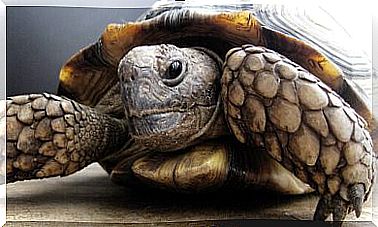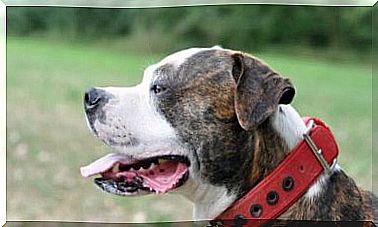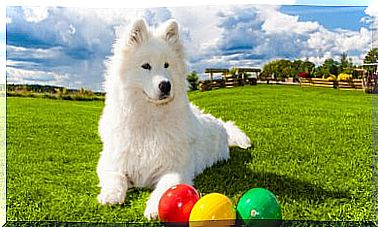Diabetic Dogs: How To Take Care Of Them With Diet
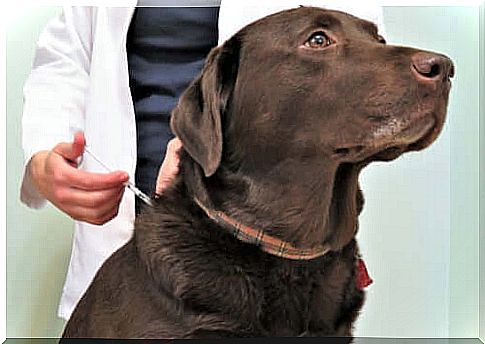
The level of insulin produced in diabetic dogs is insufficient to metabolise glucose. Remember that insulin is a hormone that takes glucose from the blood and transports it inside the body’s cells to be transformed into energy.
As a result, the blood concentration of glucose rises and eventually rises to levels where the body cannot absorb it, and the kidneys drain it into the urine. Let’s find out more about diet and care for diabetic dogs.
Signs and symptoms that occur in diabetic dogs
It is important to know that in diabetes, the loss of glucose through urine brings with it water, in a process called osmosis. This causes larger urine volumes to be produced. Consequently, the excessive loss of water is compensated for by increased thirst and therefore by a greater consumption of water.
The main clinical signs of an animal with diabetes are: polyuria (excessive urination) and polydipsia (excessive water consumption).
In addition, the diabetic dog tends to lose weight because the body breaks down stores of fat and protein – muscle – to produce glucose and ketones (an alternative fuel) in the liver.
Other clinical symptoms of diabetes can be: cataracts, polyphagia (increased appetite), exercise intolerance and recurrent infections.

Goals of Canine Diabetes Therapy
As a diabetic dog owner, we will first need to understand the three goals of diabetic dog therapy:
- The resolution of all clinical symptoms. All the symptoms listed above are referred to, except cataracts. Blindness, a common phenomenon in dogs with this disease, does not depend on glycemic control and therefore cannot be controlled.
- Avoid insulin-induced hypoglycemia. Insulin is the foundation of diabetic dog therapy and a conservative approach to insulin therapy is crucial. Most diabetic dogs require two doses a day to keep the symptoms of the disease at bay. The correct procedure will always be established by the veterinarian.
- The restoration of the habitual lifestyle and daily exercise. Hibernation, which is typical in a diabetic dog, tends to resolve easily, and dogs will return to being more active and sensitive shortly after starting insulin therapy.
Why is controlling insulin-induced hypoglycemia so important?
Severe hypoglycemia resulting from insulin overdose can cause irreversible brain damage, blindness, seizures, and death. Mild clinical symptoms include weakness, restlessness, arrhythmia, anorexia, and diarrhea.
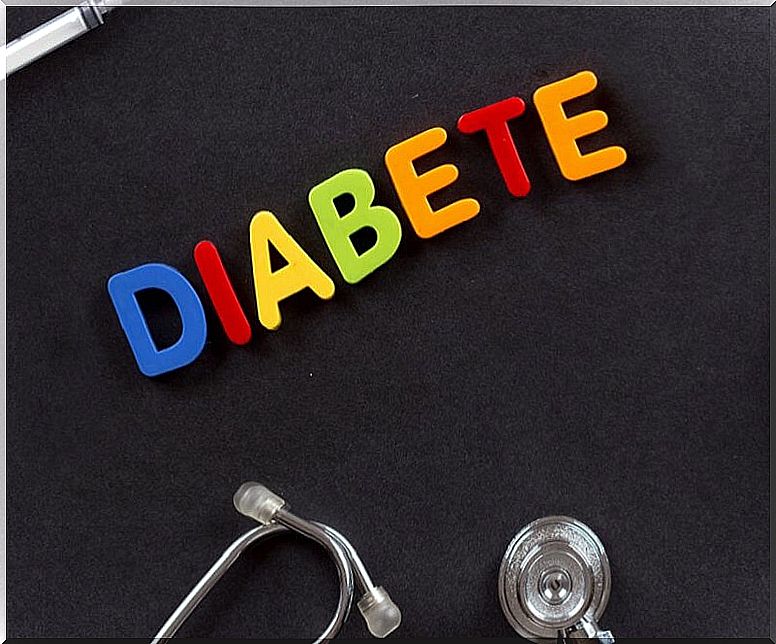
Diet recommendations for diabetic dogs
For proper nutrition, the diabetic dog should eat just before the insulin activity peak is administered. It may therefore be okay to feed him immediately after the insulin injection.
This measure greatly favors the success of the treatment at home and helps the measurement of blood sugar; Furthermore, many owners agree that the dog recognizes the meal as a reward after giving the injection.
Table 1. Summary of Current Diet Recommendations for Diabetic Dogs.
| Dietary factor | Recommendation |
| Calorie intake | Sufficient to obtain and maintain an optimal body condition. |
| Primary nutritional requirements | Tasty and nutritionally balanced food. |
| Other nutritional recommendations | Increase the content of complex carbohydrates with a high proportion of insoluble fiber incorporated in the food.
Reduce the fat content, especially the dog suffers from acute pancreatitis. |
| Meal times | The postprandial phase should ideally coincide with the period of maximum exogenous insulin activity. |
| Diabetic dogs with chronic diseases | The nutritional needs of any chronic disease must take priority over diabetes diet therapy. |
